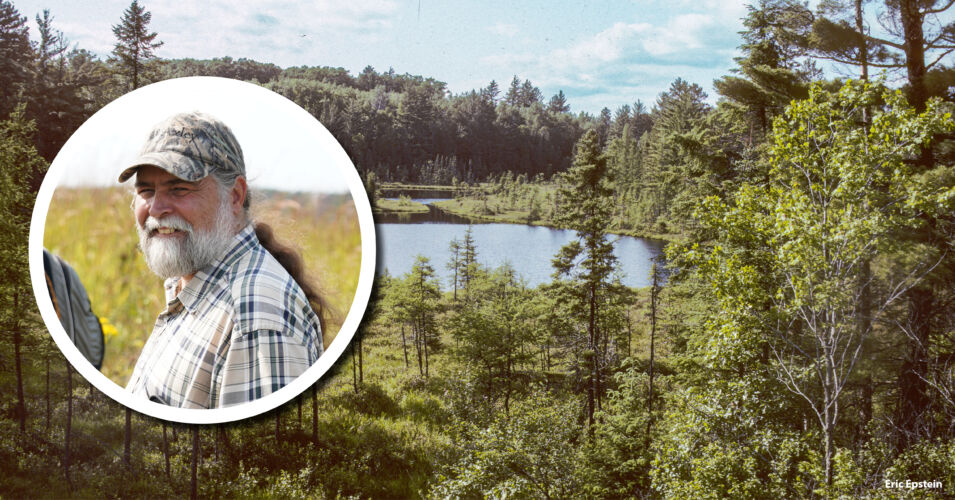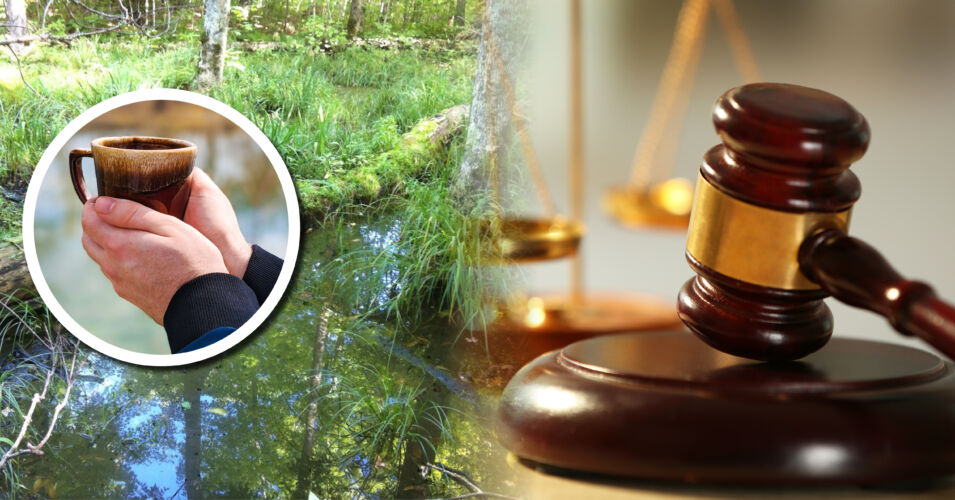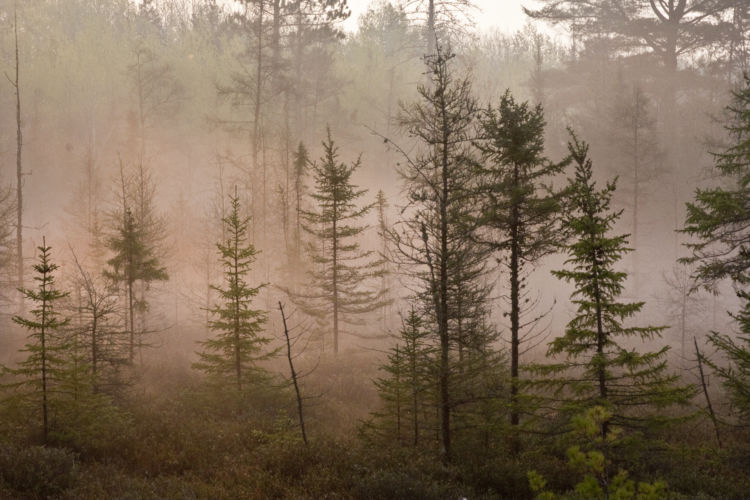Back in the late 1980s, I was a young (and poor) graduate student studying wetlands at UW-Stevens Point. My thesis work involved researching ways of restoring wild celery (a submersed plant important for waterfowl) and mapping vegetation communities throughout the Stevens Point Flowage of the Wisconsin River. As a part of that work, I spent nearly every day over a couple of years on the flowage paddling around in a bright yellow plastic canoe patched with duct tape.
Over those two years, I became familiar with just about every aspect of the flowage and its extensive backwaters. In those days, the flowage was in very poor condition. Its water quality was so bad that we didn’t dare eat any crappies or walleyes we caught. Its shallow backwaters were so turbid that submersed vegetation—especially wild celery—had a hard time growing, and all the islands contained a dense ring of purple loosestrife (a horrible wetland invasive plant). All this translated to poor conditions for wildlife, especially waterfowl.
I moved out of Wisconsin after grad school, returning 22 years later to take the job I currently hold. The first summer back, I reconnected with my major professor, Lyle Nauman, to revisit the flowage after having been away for so long. What we found was a great surprise to us: in nearly every aspect, the conditions in the flowage had substantially improved. The once abundant loosestrife was replaced with native vegetation. People were out in boats fishing, duck blinds were scattered throughout the flowage, and—to our greatest surprise—we found abundant wild celery beds. Holy cow, how often does it happen that conditions improve over the years?
We soon realized that the improvements to the Stevens Point Flowage were not due to actions on the flowage but because of upstream changes. Because our waters are connected, improvements upstream in the river and in the tributary watersheds feeding into the river produced the benefits we witnessed. These improvements were primarily the result of policy changes incurred through the federal Clean Water Act established in the early 1970s and through state wetland and water policies enacted beginning in the 1980s. When I was a grad student in the 1980s, these policies were still relatively new, and the changes to our landscape these policies made don’t happen overnight. The implementation of them over time, however, produced the profoundly improved conditions of today.
Fifty-plus years after the enactment of the Clean Water Act, we must not forget what forced these policy changes—the horrible state of so many of our waters. Good wetland policy has improved things, but we still have work to do. Understanding the connections between our waters is a foundational part of that work. Unfortunately, a recent U.S. Supreme Court decision has set federal policy backward for now. Despite this setback, let’s continue to find ways to build upon our successes. I remain optimistic because I spend a lot of time in communities, meeting with people of all persuasions who care about our wetlands and are eager to do the things that need to be done to heal our waters and watersheds.
Related content
New post-Sackett decision EPA rule released
Wetland Coffee Break: Implications of the Sackett decision for Wisconsin: Early takes from the front lines
Myth-busting misconceptions about “isolated” wetlands
Even small wetlands are crucial to the health of our land, water, wildlife, and communities.




